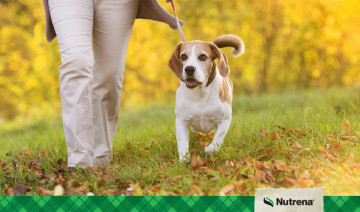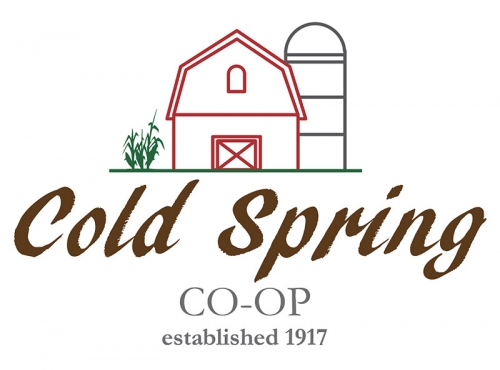
Maintaining Your Pet’s Healthy Weight
While your dog or cat's quality and length of life depend on various factors like age, disease, and breed, one often overlooked component is weight.
If your cat or dog is overweight, it could potentially raise the risk of various diseases and injuries, and overall, make it harder for your pet to live a long and healthy life.
Keeping your pet at a healthy weight can be difficult, but you can start implementing some best practices with these tips.
Check if Your Pet is Overweight
Though some fat on your pet is normal, too much could interfere with their health. You can assess your cat or dog's weight at home by looking at the following areas: ribs, waist, and side. You should be able to feel your pet's ribs when you run your hands along their side, their waistline should have a sort of dent in it, and their stomach should slightly cave in towards the back legs. If you can't feel their ribs, see a somewhat accentuated waist, or if they have a large belly, then your pet might be overweight.
If you have trouble gauging their weight, a trip to the vet could be helpful. Regular visits to the vet are always a best practice for weight management and overall health.
Measure Food
When determining how much to feed your dog or cat always start with the feeding guidelines provided on the bag of your pet’s food. These guidelines are specifically calculated to that food you’re feeding. But remember that these are guidelines to start with and your individual pet may need more or less than the recommended amount to maintain their ideal body condition and weight.
Use a measuring cup instead of eyeballing the food to make the measurements more accurate. Even simply going over the set amount a few times a week could impact their weight.
The Right Food
The recipe’s nutrients matter just as much as the amount you feed your pet. No matter the weight or breed, your pet needs complete and balanced nutrition and nourishing food. You’ll need to look for a complete and balanced diet for your pet.
Here are some things you can look for when choosing your pet’s food:
- A protein source such as chicken, beef, lamb, or salmon should be the number one ingredient
- Avoid artificial colors, flavors and preservatives, and grains such as wheat, soy, and corn
Our Loyall Life recipes use the highest quality ingredients for your pet, so you can help manage their weight and ensure they are getting the nutrients they need.
Occasional Treats
Just like you, your cat or dog also loves dessert time. Similarly, desserts, or treats, need to be kept to a minimum–and preferably given when your pet has listened or performed a trick. As a general rule-of-thumb, treats should make up no more than 10% of your pet’s calories for the day. To provide more benefits when feeding treats, try something that helps with their breath or treats filled with high-quality protein.
Exercise
Diet is only a part of maintaining your pet’s weight. By combining both diet-related tips and an exercise routine, you’ll be able to keep your pet’s weight stable while keeping their heart healthy and mind sharp.
For your dog, it might mean getting quality time with them outside on a walk or a game of fetch. For your cat, it might mean bringing out the lasers, wands, and cat towers–whatever gets your cat moving.
Using the tips provided, you can better maintain your pet’s weight so they can have the best quality of life. Even if your dog or cat is not overweight, you can still use these tips as a preventative measure. If you have questions, consult your veterinarian.
The feed room is proudly brought to you by Nutrena and Cargill Animal Nutrition. Learn more about us here. You can see the original blog post here.
